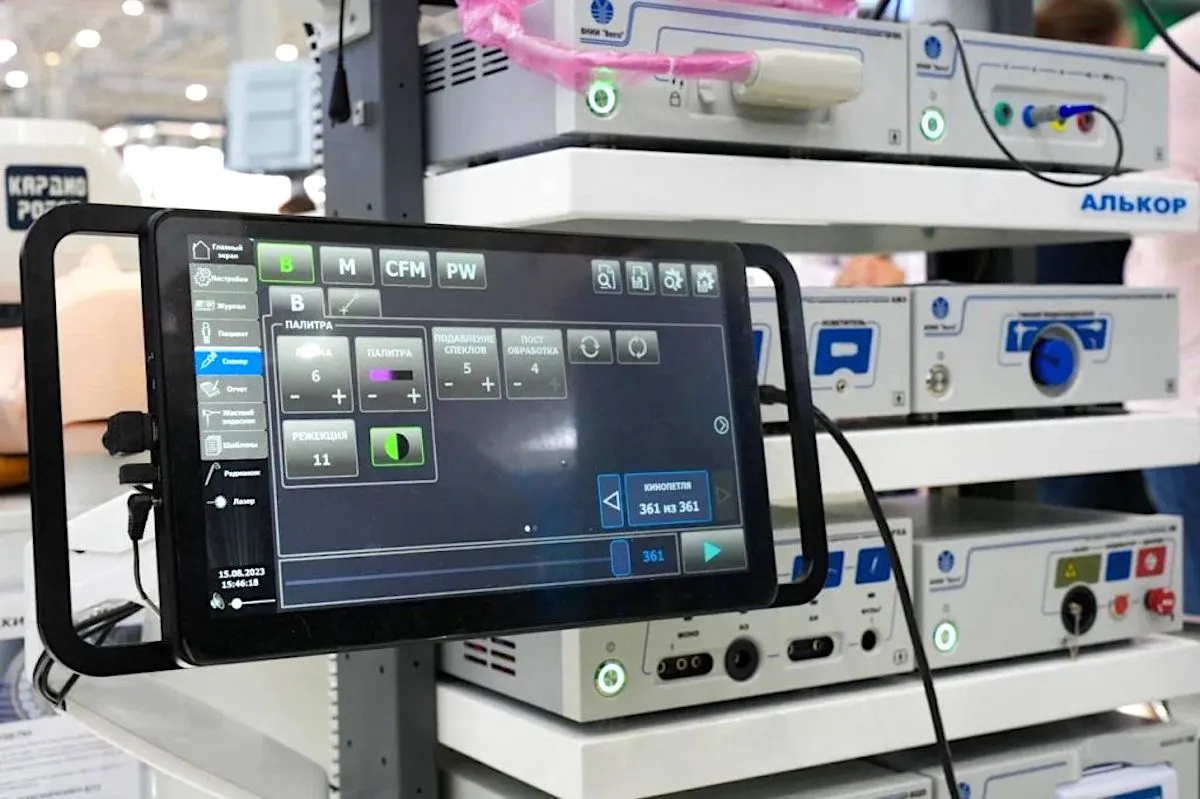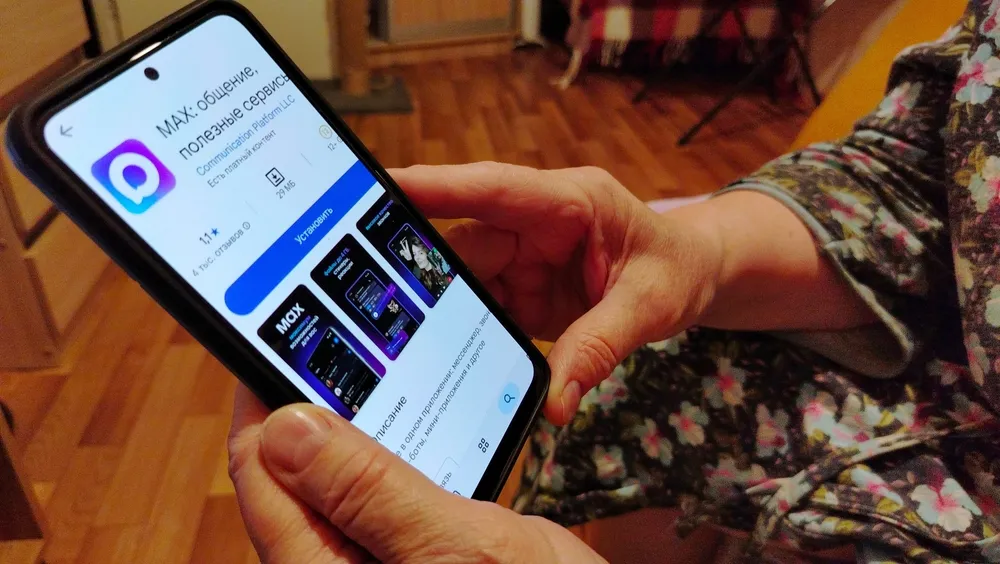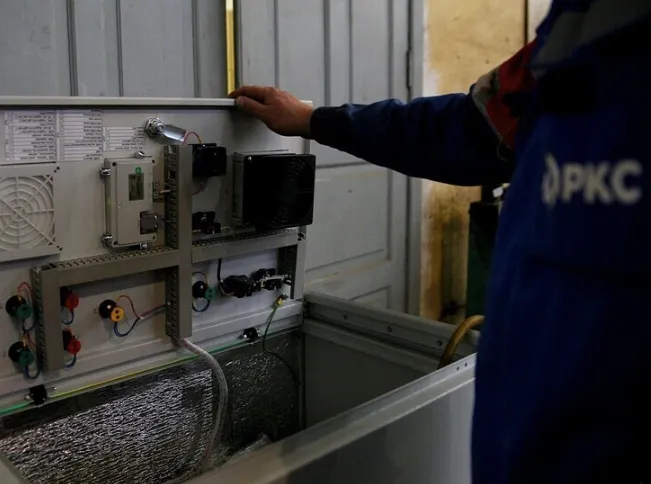Insurance Payouts in Russia Could Be Settled with Digital Rubles

Russia’s Deposit Insurance Agency is gearing up to integrate the digital ruble and the Faster Payments System to streamline and accelerate compensation for bank depositors
Modernizing Payout Channels
Russia’s state-run Deposit Insurance Agency (Agency for Deposit Insurance, or ADI) is expanding its toolkit for disbursing insurance payouts by adding the digital ruble alongside the Faster Payments System (FPS). “We’re committed to offering the most convenient and secure options for our clients,” said Natalia Boldyreva, Director of the Insurance Department at ADI, underscoring the agency’s push toward financial innovation.
Currently, between 30 percent and 60 percent of insurance claims are processed electronically, depending on the bank involved. Seventy‑two percent of claim applications are submitted through the Gosuslugi portal, with the remainder handled via ADI’s website. More than 60 percent of funds today are credited to Mir payment cards, enabling compensation to reach clients in mere minutes. Introducing the digital ruble and FPS, however, promises to cut that time even further, reducing friction and boosting user satisfaction.
From Pilot to Nationwide Rollout
The digital ruble pilot kicked off in August 2023, testing integrations with select financial institutions and gauging customer response. Looking ahead, ADI plans a full-scale launch on September 1, 2026, by which time Russia’s largest banks will be mandated to offer digital ruble transactions to all clients. This staggered approach allows for careful monitoring and iterative improvements—analytics drawn from the pilot phase will inform system tweaks, security enhancements, and user‑experience refinements.
Analytics-Driven Benefits for Consumers
Financial analysts view the shift to digital‑currency payouts as a natural evolution in Russia’s broader fintech landscape. By leveraging real‑time transaction data, ADI and partnering banks can identify service bottlenecks, forecast peak claim periods, and allocate resources more effectively. For depositors, the result is crystal‑clear tracking of their claim status, near-instant settlement, and the peace of mind that comes from using a state‑backed digital currency. In practical terms, this could translate into faster access to life‑saving funds after a bank failure, streamlined cross‑border transfers for expatriates, and a foundation for future innovations like programmable payments and smart contracts.









































